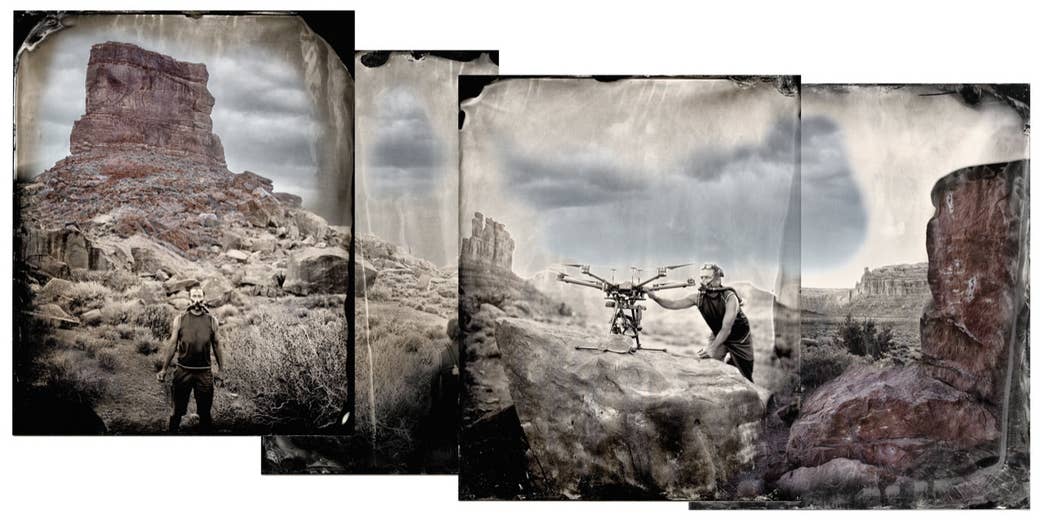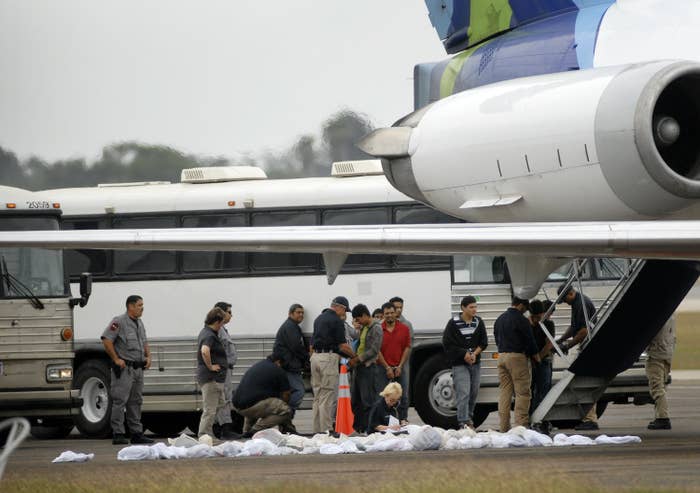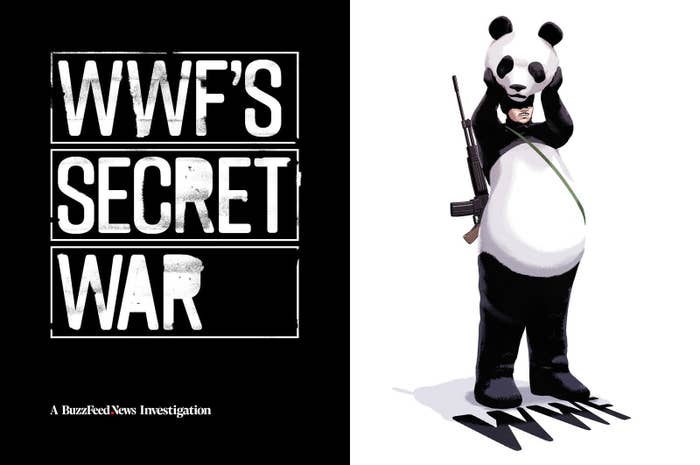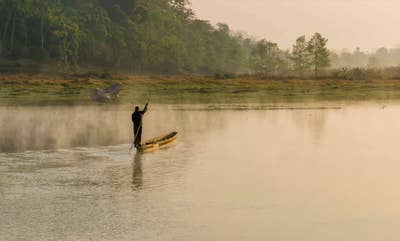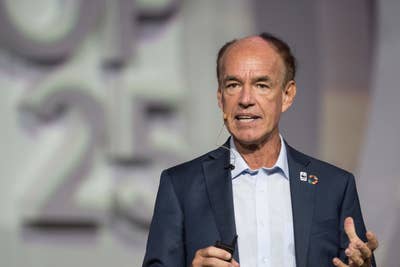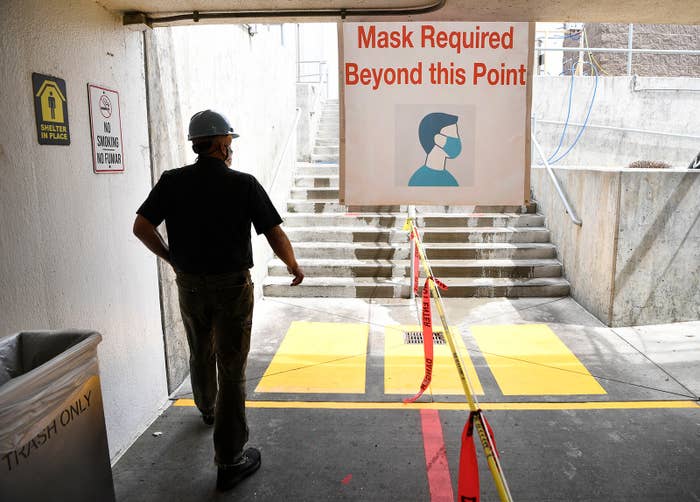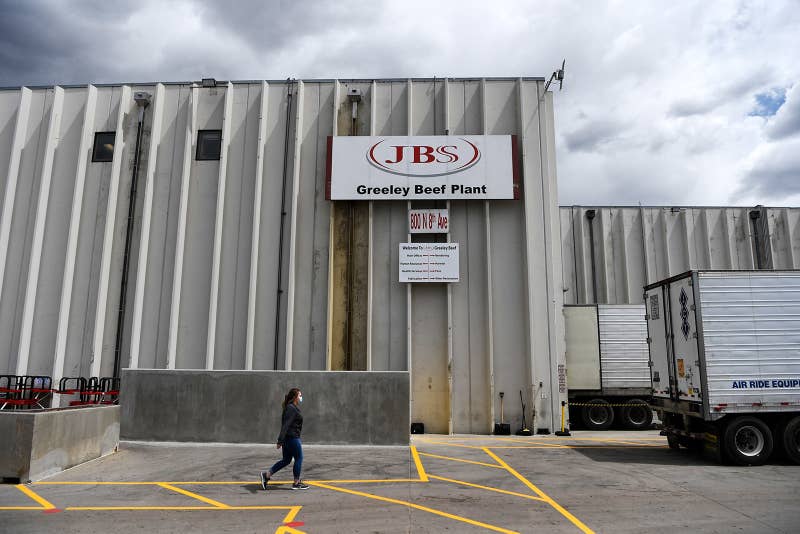Editor OilPrice.com
Thu, November 26, 2020
A combination of sharply weaker oil prices, inconsistent regulation, the COVID-19 pandemic, and constant conflict in the Amazon where most of Peru’s onshore oil industry is located has triggered a crisis that has brought the industry to the brink of collapse. This was recently recognized by Peru’s National Society of Mining, Oil, and Energy (SNMPE – Spanish initials) which released a media statement (Spanish) asking the central government to implement measures to reverse the crisis. Lima has long downplayed Peru’s considerable oil potential in preference to advancing the Andean country’s mining industry and exploiting its vast mineral wealth. That saw Peru become the world’s second-largest copper producer and the red metal, which is a vital ingredient in a range of industrial applications, become the country’s top export. The severe economic fallout from the COVID-19 pandemic, with the IMF predicting that Peru’s economy will shrink by a worrying 14%, sees Lima looking to bolster the economy and GDP growth by any means possible.
This has sparked a renewed focus on ramping-up activity in Peru’s oil industry. In October 2020 Peru’s Ministry of Energy and Mines announced it was (Spanish) preparing a series of regulatory proposals aimed at providing greater clarity for the exploration and exploitation of the country’s hydrocarbon resources. While this is designed to attract greater investment and boost activity in Peru’s petroleum industry, it appears to be singularly insufficient to achieve that, particularly considering the latest media release from the SNMPE. A key issue facing Peru’s nascent petroleum industry is the Andean country’s limited proven oil reserves. At the end of 2018, the last time they were officially measured, the Ministry of Energy and Mines determined (Spanish) Peru only had 344.5 million barrels of proven oil reserves and proven possible and probable (3P) reserves of 660.4 million barrels, some of the lowest of any oil-producing nation in Latin America. The Andean country, however, is believed to possess considerable hydrocarbon potential with Peru assessed to have prospective and contingent petroleum resources of almost 24 billion barrels. Most of that oil potential is contained in the Marañon Basin which is part of the Putumayo-Oriente-Marañon Basin complex that stretches through the Amazon from southeastern Colombia to northeastern Peru. The U.S. Geological Survey estimated the Putumayo-Oriente-Marañon Basin holds mean undiscovered hydrocarbon resources of 3.5 billion barrels of oil equivalent including just over 3 billion barrels of crude oil. This underscores the tremendous oil potential of the Marañon Basin, which if correctly exploited will give Peru’s economy a solid boost, particularly if oil keeps rallying higher.
Marañon Basin and Oil Producing Areas

Most of Peru’s discovered oil reserves and undiscovered hydrocarbon resources along with the core of its operational petroleum industry and related infrastructure are in the country’s Amazon region. It is this which has been the cause of a key source of conflict for Peru’s hydrocarbon sector. Allegations of mismanagement, corruption, and environmental damage along with a lack of social license and a shortfall of resources in the region are key drivers of the persistent conflict impacting Peru’s petroleum industry. Many of those issues have been aggravated by the COVID-19 pandemic which highlighted the deep divisions between Peru’s rich and poor as well as the latter’s lack of access to basic resources. This includes a lack of access to essential amenities including electricity, running water, and basic medical treatment. This is despite the substantial government revenue generated by the region which is responsible for most of Peru’s oil production. The sharp impact of the COVID-19 pandemic on indigenous communities caused tensions to boil-over in early August 2020 triggering violent protests in Peru’s Amazon leading to attacks on energy infrastructure and oil fields. That forced upstream oil producer PetroTal to shutter its Bretaña oilfield. Protestors also seized control of a Petroperu pump station, impacting pipeline operations.
Community blockades and protests are common events in Peru’s Amazon, which is one of the country’s most impoverished regions despite its considerable oil wealth. Canadian oil junior Frontera Energy was forced to declare force majeure in March 2020 regarding its operations at Block 192 located in the Amazon Basin on Peru’s border with Ecuador. This along with ongoing community opposition to the oil industry in the region coupled with lengthy pipeline outages is a primary reason for Frontera choosing to reconsider making investments in Peru. PetroTal earlier this month announced it had curtailed oil production to 5,000 barrels daily, or around half of its normal oil output, so as to preserve oil inventories in light of ongoing social unrest and threats of disruption to operations at its Bretaña field. This is despite a September 2020 agreement between the government and local communities for increased funding and access to basic resources. But cutting production to conserve oil inventories indicates that PetroTal’s management is not confident that the agreement between local communities and the government will allay social unrest and prevent further protests. The Petroperu owned and operated Oleoducto Nor Peruano (ONP), which originates in Peru’s Loreto department is in the Amazon Basin, is the only economic means of transporting the crude oil produced in the Marañon Basin to the Bayóvar terminal on Peru's Pacific Coast. The ONP has a long history of outages and oil spills. These have caused considerable environmental damage, polluted waterways contaminated drinking water, and sharply impacted local communities. That is another source of ongoing community enmity toward Lima and Peru’s petroleum industry. Those incidents only serve to further undermine any attempts to broaden the social license for oil companies to operate in the region.
Ongoing conflict, social unrest, and sharply weaker oil prices have caused investment in Peru’s oil industry to plummet, falling to $200 million for the first eight months of 2020, which is half of what it was for the same period a year earlier. The SNMPE claims that exploration activity has ground to a halt and no new oil wells have been drilled over the last five months. This the executive director of the society, Pablo de la Flor, claims indicates that Peru’s oil industry in crisis and close to collapse.
Drill rig and oil production data supports this assertion. The latest Baker Hughes rig count does not show any operational drilling rigs in October 2020, or for the four preceding months, compared to four operational rigs for the same month in 2019. Oil production for October 2020 (Spanish) averaged a mere 37,800 barrels daily, which was almost 33% lower than a year earlier. October natural gas output of 1.254 million cubic feet daily and total hydrocarbon liquids production of 122,000 barrels of oil equivalent daily were 12% lower than for the same period in 2019. Those numbers underscore the fact that Peru’s hydrocarbon sector is facing a crisis.
Until the many headwinds including a lack of social license and ongoing civil conflict are resolved, Peru’s oil industry will remain under considerable pressure, impacting production and fiscal revenue. It will also weigh upon urgently needed investment by foreign energy companies to expand exploration and boost Peru’s limited oil reserves. It is important that the SNMPE’s plea to Peru’s central government and local communities in the Amazon doesn’t fall on deaf ears and Lima enacts appropriate policies to deal with the deep-seated issues which are impacting the country’s petroleum operations.
By Matthew Smith for Oilprice.com
More Top Reads From Oilprice.com


